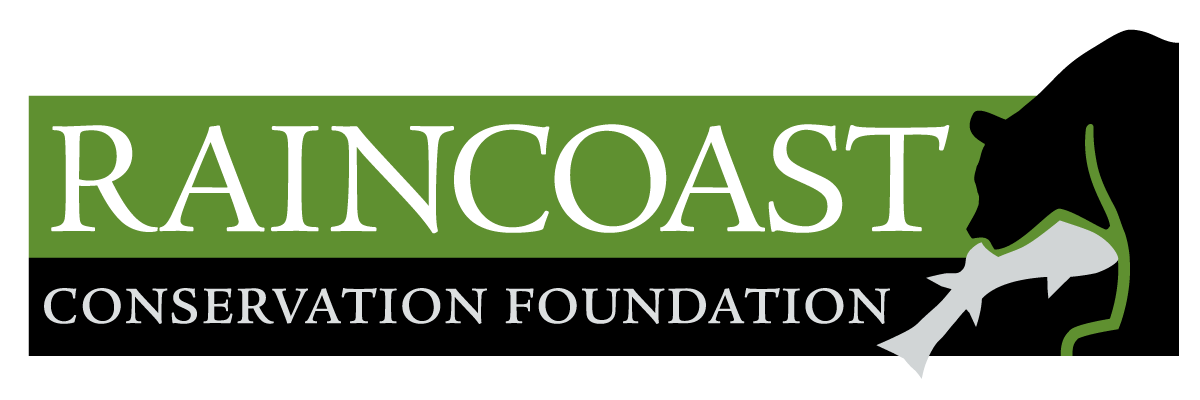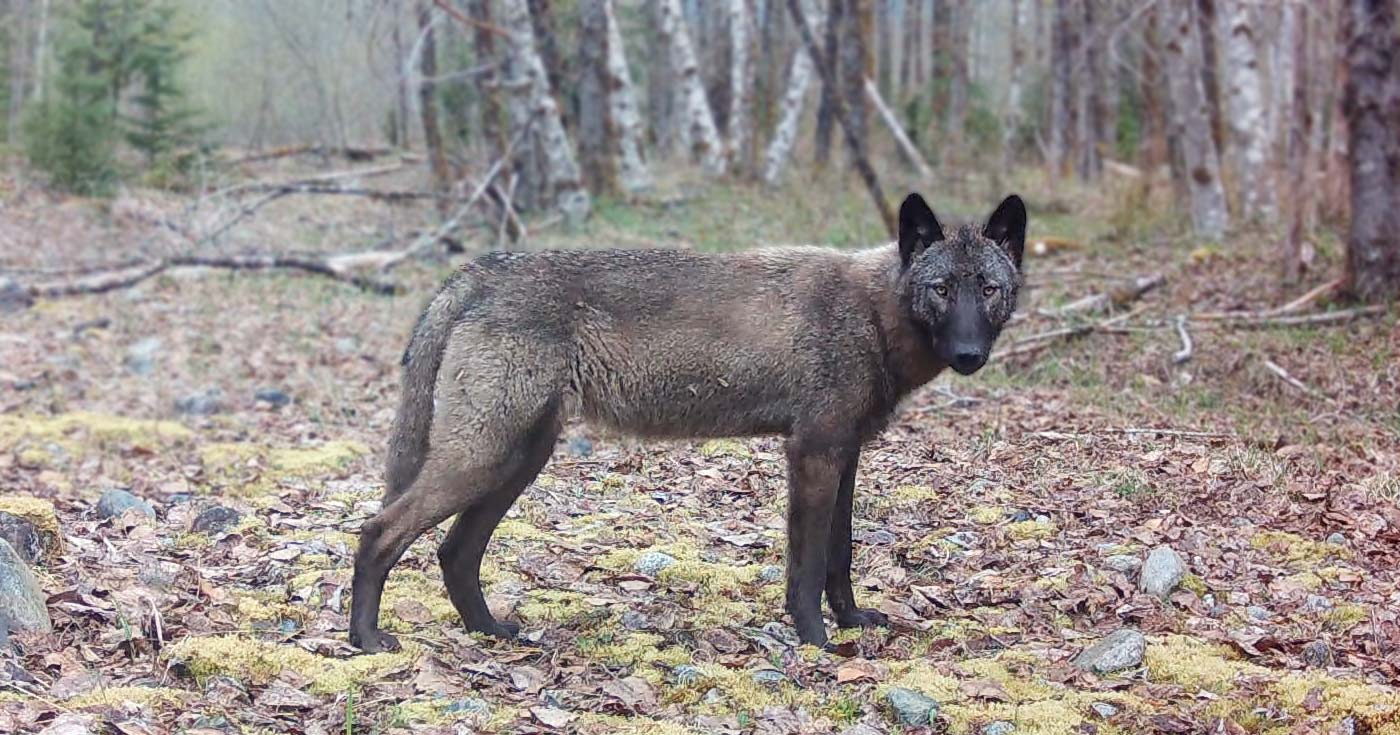The current situation for wolves in British Columbia
The level of human-caused wolf mortality can only be described as staggering.
In British Columbia, the extent of human-caused mortality among wolves can only be described as staggering. In addition to the hundreds of wolves dying at the hands of lethal control programs, the BC government estimates that over 900 wolves are killed annually from recreational hunting alone.1
This does not include the number of wolves trapped for profit.2 Raincoast large carnivore expert Paul Paquet suspects the annual mortality number is likely higher given BC’s weak reporting requirements and inadequate conservation enforcement capability.
Wolves are highly sentient and socially complex carnivores. Yet the social stability of wolf packs and wellbeing of individual animals are not considered in provincial regulations that allow for, and even encourage, the indiscriminate killing of wolves.
Research shows that heavily hunted wolves exhibit elevated levels of stress and reproductive hormones; physiological effects that disrupt their intricate social structure and could have evolutionary consequences.
Furthermore, the loss of individuals is often highly disruptive while the loss of multiple members can have a detrimental effect on the stability and persistence of the pack.
This situation is further complicated by the fact that social animals like wolves establish strong affective bonds with family members and mourn their loss.
These videos were taken as part of a research project to better understand the behaviour and ecology of large carnivores in a tributary of the Fraser River. This research is conducted in the territory of and in collaboration with the q̓ic̓əy̓ (Katzie) First Nation.
Notes and references
- The provincial government estimates that over a 10-year period (2012-2022), 9,187 wolves were killed by resident and non-resident hunters in British Columbia. However, in their own evaluation of the accuracy of licensed wolf harvest data, they found that “hunter success and effort are not good proxies to index trends in wolf abundance due to uncertainty in hunter numbers and effort.” These data are publicly available: Big Game Hunting Statistics.
- A 2023 report from the Fur Institute of Canada (PDF) provides a glimpse into commercial trapping numbers. Over a 10-year period (2011-2021), 28,409 wolf pelts were sold in Canada and an average of 205 wolf pelts were produced annually in British Columbia.
You can help
Raincoast’s in-house scientists, collaborating graduate students, postdoctoral fellows, and professors make us unique among conservation groups. We work with First Nations, academic institutions, government, and other NGOs to build support and inform decisions that protect aquatic and terrestrial ecosystems, and the wildlife that depend on them. We conduct ethically applied, process-oriented, and hypothesis-driven research that has immediate and relevant utility for conservation deliberations and the collective body of scientific knowledge.
We investigate to understand coastal species and processes. We inform by bringing science to decision-makers and communities. We inspire action to protect wildlife and wildlife habitats.









